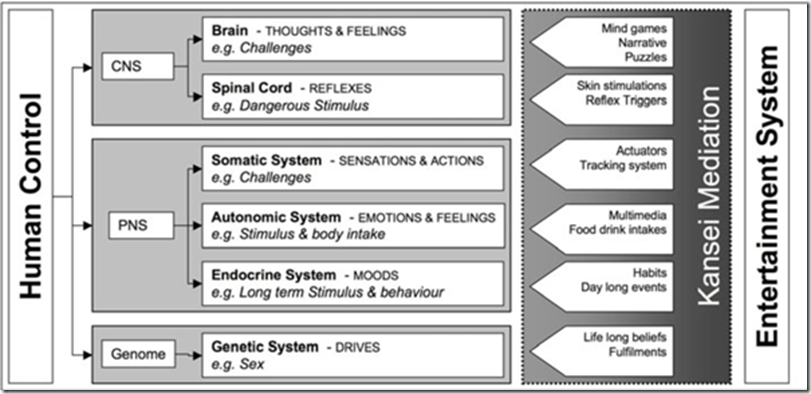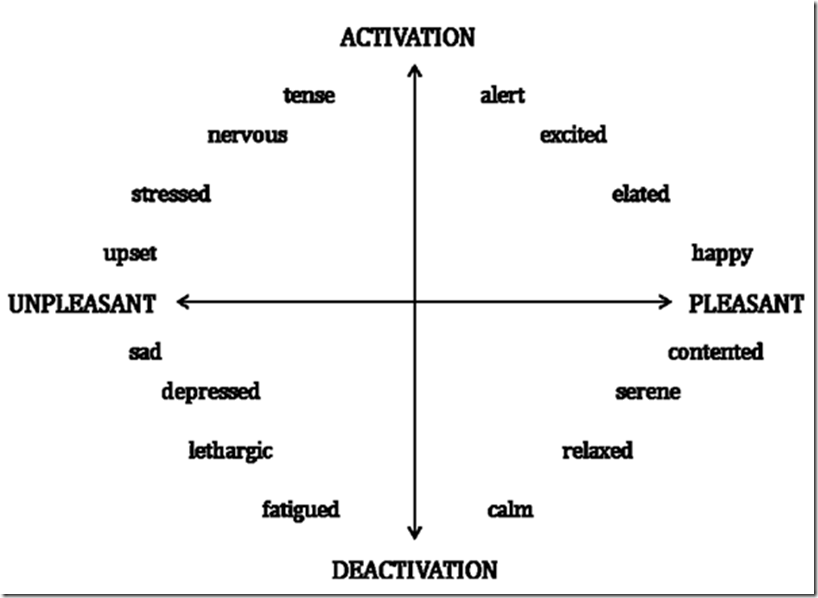Originally posted on October 22, 2022 @ 8:46 AM
The evidence shows that the emotions support and clarify rational thinking.
The emotions are not opposed to rational thinking as projected by various Scientist/Behaviourist ideologies. The idea that rational thinking is located in the brain and the emotions are found in an irrational felt compulsion is not supported by any neuropsychological evidence. This kind of thinking is hundreds of years old and founded on religious mythology.
Of course, there are various worldviews that inform the way we construct our understanding of emotions and these inform the way we see where the emotions sit in tackling risk. For example, a Behaviourist/Materialist theory of emotions thinks as follows (https://pubmed.ncbi.nlm.nih.gov/34072960/):
‘Emotions arise from activations of specialized neuronal populations in several parts of the cerebral cortex, notably the anterior cingulate, insula, ventromedial prefrontal, and subcortical structures, such as the amygdala, ventral striatum, putamen, caudate nucleus, and ventral tegmental area.
Feelings are conscious, emotional experiences of these activations that contribute to neuronal networks mediating thoughts, language, and behaviour, thus enhancing the ability to predict, learn, and reappraise stimuli and situations in the environment based on previous experiences.
Contemporary theories of emotion converge around the key role of the amygdala as the central subcortical emotional brain structure that constantly evaluates and integrates a variety of sensory information from the surroundings and assigns them appropriate values of emotional dimensions, such as valence, intensity, and approachability. The amygdala participates in the regulation of autonomic and endocrine functions, decision-making and adaptations of instinctive and motivational behaviors to changes in the environment through implicit associative learning, changes in short- and long-term synaptic plasticity, and activation of the fight-or-flight response via efferent projections from its central nucleus to cortical and subcortical structures.’
It is important to understand that all constructions of personhood have an origin and are constructed according to that worldview. Such a construction is rarely explicit but is hidden in the text and in assumptions undeclared. We see this in the AIHS BoK Chapter on Ethics where neither an ontology, assumptions about personhood or critical discussion on moral philosophy are omitted.
When we look at the example above, it is not that such views are completely false or erroneous but rather that such a view doesn’t tell the whole story. We have to ask what is being omitted when we read such research just as we should question omissions in much supposed ‘safety research’. Unfortunately, such critical thinking skill is nowhere to be found in any safety curriculum globally.
The emotions play a critical role in survival (homeostasis) and how we tackle risk.
This paper by Rauterberg gives a much better (but incomplete) overview of the emotions, especially the graphic on page 3. See Figure 1. Human Control Mechanisms.
Figure 1. Human Control Mechanisms.
However, even this model leaves out so much.
The paper also shows another binary way of viewing the emotions, see Figure 2. The Two Dimensions of the Emotions.
Figure 2. The Two Dimensions of the Emotions.
Such models seem helpful but are not. Like most binary Behaviourist models, they are attractive, simple and wrong.
None of any Behaviourist stuff tackles the nature of personhood or assumptions about the unconscious. Indeed, Behaviourism ignores the unconscious and puts it in the too hard basket.
Dismissing the nature of the unconscious is selective blindness.
Understanding the emotions is the key to understanding feelings, and these are only known consciously despite the fact that all emotions operate in the human unconscious well before they are known to us.
All the evidence demonstrates that human emotions are triggered and executed non-consciously and these generate feeling. Feelings are unconscious up and until they are made conscious. This is why others can more effectively name our emotions and feelings well before we can. (see Damasio, Thompson, Varela etc.) A preliminary reading list is here: https://safetyrisk.net/the-myth-of-neuroscience-safety/
We often observe and ‘surface’ the emotions and feelings of others through an understanding of paralinguistics. Body language is one aspects of paralinguistics we most know about but in which few are skilled. (Linguistics is a core study of SPoR)s
One of the crazy things about Behaviourist Based Safety (BBS) is the emphasis on observation yet no skill development in how and what to observe!!!
As a consequence, BBS ends up becoming a policing activity based on an Engineering approach that has no expertise in paralinguistics.
The next step in BBS ignorance is projection about culture, with no expertise in culture (https://www.researchgate.net/publication/232402885_Towards_a_Model_of_Safety_Culture).
When you read about ‘culture’ in BBS literature, it is code for ‘no idea about culture’. Such is the code of safety (https://safetyrisk.net/deciphering-safety-code/). It’s amazing how Engineering parades its ignorance on culture and sells the cool aid to the safety industry. The industry then buys the cool aid, drinks it and toxifies the workplace.
This is what ‘head in the sand’ safety generates, all based on omission of the most important characteristic of personhood – consciousness!
All behaviour is interpreted, just as all social behaviour is interpreted, and a BBS interpretation of personhood (as the sum on material inputs and outputs) is a sure recipe to enact brutalism.
You will find nothing globally in BBS that even raises the word ‘emotions’ as a critical aspect of human decision making. Indeed, neither any discussion of collective emotions or collective unconscious. Such is the denial of BBS and Engineering in safety. More head in the sand safety.
Emotions are innate, powerful, unconscious and the key driver of all behaviour. Very little of human decision making is the result of slow rational deliberation. How strange that Safety shows no interest in understanding the emotions when it speaks so much about exerting control.
A mature understanding of the emotions is essential if one wants to understand why people do what they do. It is from such an understanding that one can then set about the process of helping others better tackle risk. This is what we do in SPoR.
You can read more discussion on the place of the emotions in safety here:
· https://safetyrisk.net/emotions-bias-and-heuristics-in-risk/
· https://safetyrisk.net/the-intelligence-of-the-emotions/
· https://safetyrisk.net/emotions-are-not-the-adversary/
· https://safetyrisk.net/the-mystery-of-the-emotions/
· https://safetyrisk.net/shock-and-fear-in-safety/
· https://safetyrisk.net/dont-be-emotional-another-safety-myth/
The SPoR Module on Linguistics is here: https://cllr.com.au/product/linguistics-flyer-unit-21/





Do you have any thoughts? Please share them below